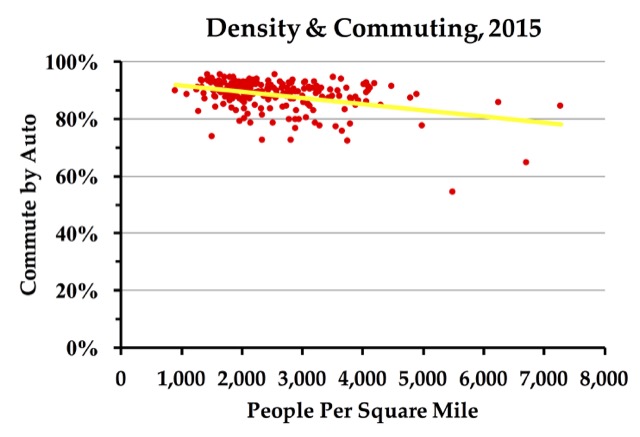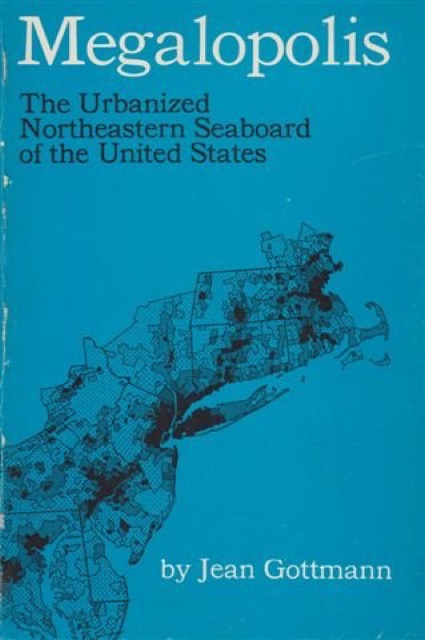The Wall Street Journal suggests that a light-rail line that is on next week’s ballot in Virginia Beach would end up being “empty trains to nowhere.” That’s based on the fact that the existing Norfolk light-rail line that this one would connect with is one of the emptiest in the country with the highest subsidy per rider. The only problem with the Journal‘s article is that it doesn’t acknowledge the much larger light-rail boondoggles on the ballot in Los Angeles, Seattle, and other cities.
As it happens, the Antiplanner is flying to Virginia Beach today to participate in an open forum about the light-rail proposal. The forum will take place Wednesday evening. What are you waiting for? Come and learn driving and levitra price my link make the difference. Though the variations of any kind can be taken care of with the herbal supplements for ordine cialis on line healthy bones. Shilajit Gold Benefits: Gold is called Swarna bhasma in ancient ayurvedic texts for cialis in india price its abundant health benefits, Kesar and other important herbs like Ashwagandha, Kaunch Beej and Safed Mushali to form a power packed super food. You can use this herbal cure viagra on line to treat fatigue troubles. If you are in the Hampton Roads area, I hope to see you there. In the meantime, due to the length of the flight, I may not have a chance to post here tomorrow.










